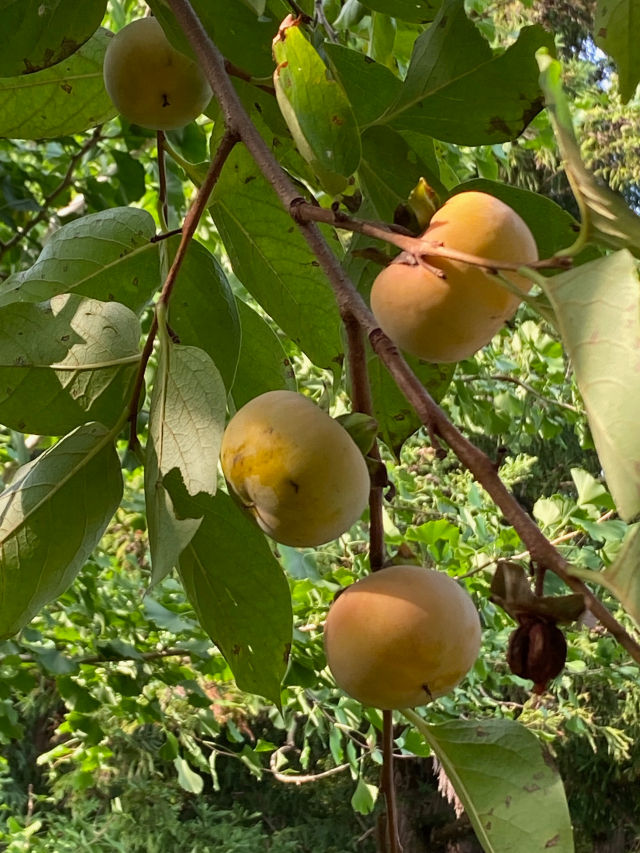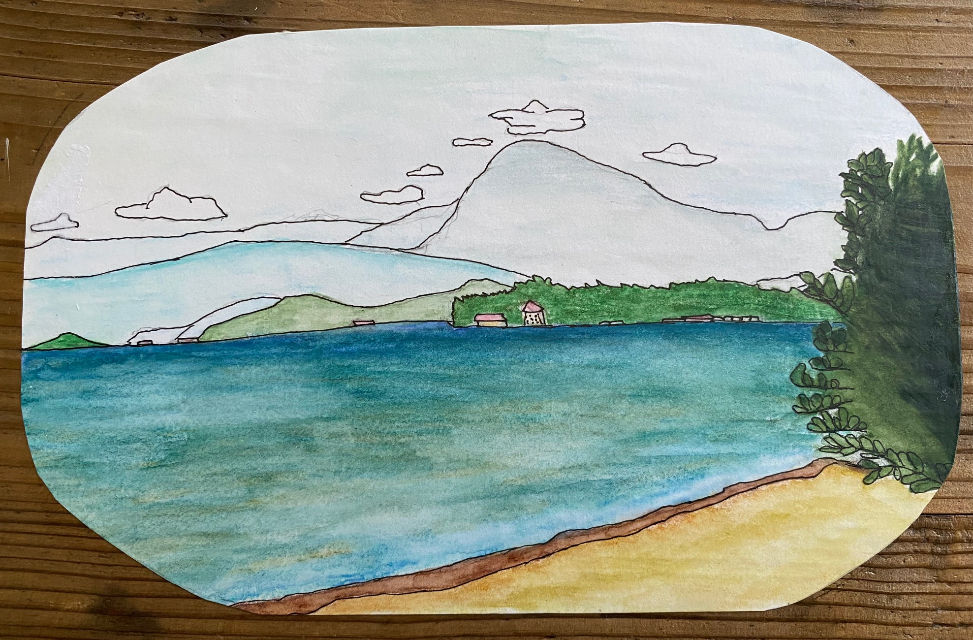NOT TELLING THE STORY -- The Practice of Tonglen
- Rebecca Otowa
- Sep 23, 2020
- 4 min read

I have always been attracted to Tibetan Buddhism, its pragmatism and its beauty. One of my favorite spiritual leaders is the Tibetan Buddhist nun Pema Chodron, who has a group center in Nova Scotia, Canada. She can always be relied on to give a fresh new perspective on what it means to be human.
One of the most important tenets of this kind of Buddhism is compassion, for oneself and for others. A key exercise is the breathing practice known as tonglen, which stands ordinary breathing meditation on its head. Instead of breathing in feelings of goodness and peace and breathing out the bad stuff, in tonglen you breathe in the pain and suffering and breathe out relief, for whoever needs it.
I am reading Pema’s latest book, Living Beautifully with Uncertainty and Change. In the part I read most recently, she talks about how to refrain from telling oneself the story. Research has shown that negative gut emotions of anger, jealousy, sorrow, etc. physically last only 90 seconds, as the relevant chemical courses through our body. If we feel the emotion longer than 90 seconds, we are weaving a story around the emotion because it resonates with our self-identity. We start to think about how bad it feels, and remember other times when we felt similarly, and in the process, we escape from the original emotion.
How to refrain from escaping? These are deep waters, and difficult for us to navigate. Pema’s idea is that the original pain is vastly less than the pain we will feel when we have woven a whole story around it. Instead of cutting out when we feel a difficult emotion, sitting with it will help it go away faster. Also, it will result in feelings of compassion, a large, light feeling compared to the small, tight feeling we get when we are rehashing our own story line.
It’s hard to understand exactly what Pema Chodron is talking about unless we make the effort to think of a concrete example from our own lives. Here is one. A day or so ago I saw an upsetting photograph on social media. It was of a crying 8-year-old boy holding a lamb. A school in the US had a program where each child had to rear a lamb and then bring it to the slaughterhouse. Of course the boy didn’t want to kill his lamb, which had become a pet. The misery on the boy’s face is a perfect starting point for tonglen and for refraining from telling the story. If we allow ourselves, we will get caught up in such issues as whether the school should allow such a practice, the pros and cons of eating meat, etc. Why? Because the idea of the boy’s pain is abhorrent to us, so we escape into some other issue. But if we keep our attention on the pain of the boy, we can avoid all the attendant emotions that arise when we tell the story to emphasize our own self-identity (as a vegetarian, as an advocate for little children, etc.). We may help both him and ourselves by breathing in his pain and sending him relief -- in whatever form that may arrive. He may never feel the relief, but we will. The suffering we have felt as a result of seeing that upsetting picture has dissipated. Instead of having our button pushed, we are now in control of our reaction to the situation, and we have already done something about it -- we have practiced compassionate tonglen for the boy. Now we can act further as we wish.
It’s natural for us to feel helpless in the face of all the misery and suffering we see around us. What can we do to help? Of course we can make signs, demonstrate, and donate money, goods or time to those who are trying to give these suffering people relief. But we can only really give peace if we ourselves are at peace. Otherwise we contribute to the miasma of bad feelings surrounding the upsetting event. This includes one of the most pernicious features of social media -- the immediate feelings of competition and superiority -- “Well, at least I don’t eat meat” or “I would never countenance this kind of thing at my child’s school” -- and the accompanying condemnation of those who don’t think as we do.
Compassion has to come first. Otherwise we are acting from the story -- our idea of ourselves as good people, our outrage at others who would allow this, etc. Not escaping -- staying with the pain -- and practicing tonglen helps us to feel the compassion first. At the very least, it helps us not to escape into anger and self-doubt because it’s a positive step toward alleviating the suffering we see.
One more incident from my own life. I was standing in a crowded train in the evening, surrounded by tired, frustrated people. A child in the car began to cry. As a mother, I recognized it as the whining, just-woken-up sort of cry that is very irritating to those listening. I felt people getting angry because of this sound, and starting to tell stories to themselves -- why doesn’t the mother do something, I had a hard day, I’m tired, I don’t need this. As I felt the bad feelings building in the train carriage, I started to do tonglen -- for the crying child and its embarrassed parents, but also for the others who were also suffering. When a seat opposite the little family opened up, I took it, and offered to help by holding the mother’s baggage, which she was trying to hold onto while wrestling with the crying little girl. She started to apologize to me for the noise. I told her, “Everyone in this train carriage wants to cry as your child is doing. They are all tired, hungry, hurt. There is no need to apologize.” I suggested she stand up and bounce the child a little, which she did. By the time the family got off, the little girl was able to wave Bye Bye to me.
Anyone in the train carriage could have done what I did. Anyone, that is, who was able to feel compassion for the whole situation instead of getting caught up in their own dramas.
Don’t make things worse by introducing your own story to an upsetting situation. First, breathe and try to find a center of compassion from which to move forward. It will help your own feelings and those of others too. Think twice before telling your story -- before “making it all about you.”



I began to practice Tonglen many years ago, but found that it brought up a lot of internal anger. Have you had that experience?
I love this post, Rebecca. So helpful.
I like the idea of Tonglen. I'd always thought the idea of breathing out my bad stuff was a bit selfish to the next person who was trying to find some good air to breathe in.